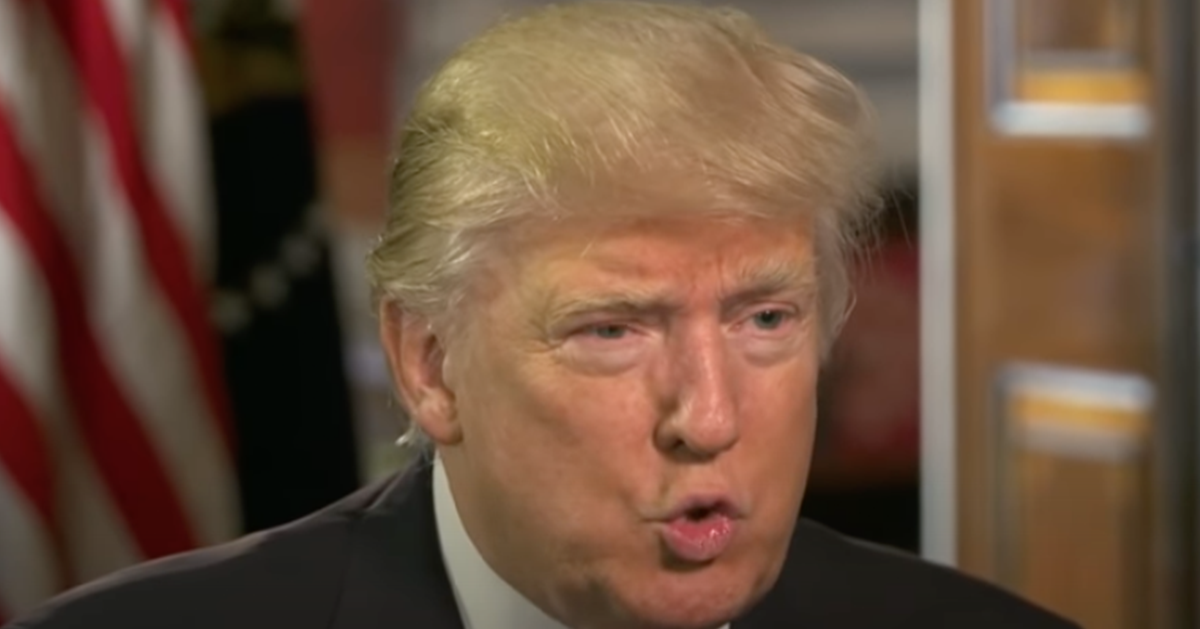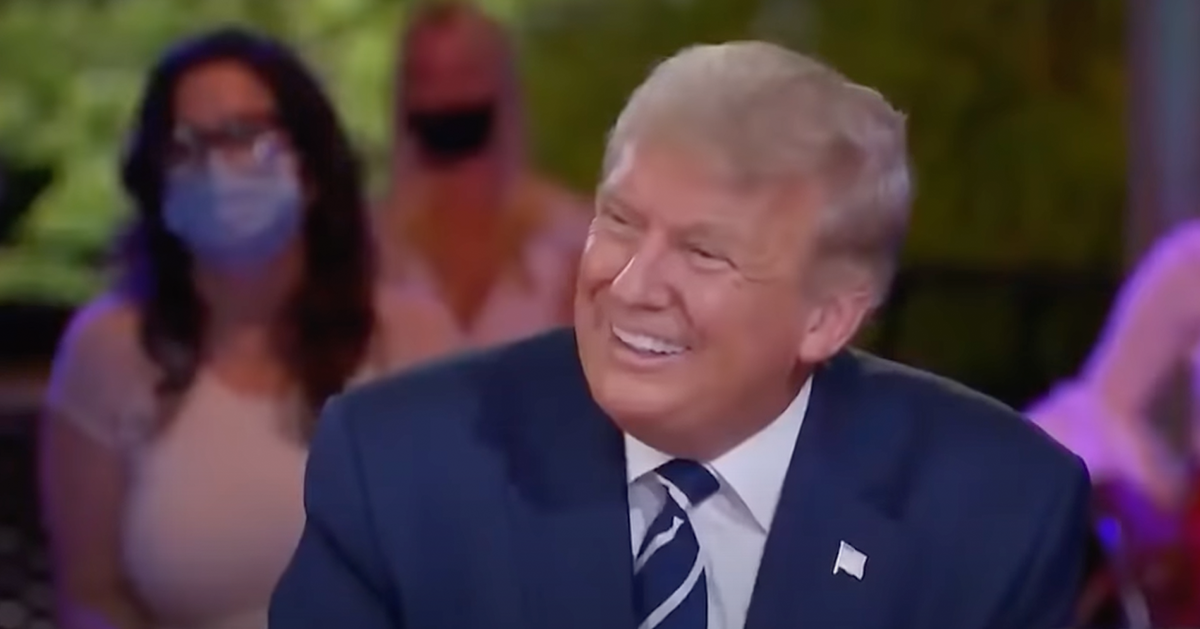Secret Service Agent Called Toll-Free Help Hotline on Day of Attempted Trump Assassination: Report
The U.S. Secret Service is facing intense scrutiny after a July 13 assassination attempt on former President Donald Trump revealed serious lapses in security, culminating in a Senate Committee report outlining multiple preventable failures.
A Senate report released Wednesday highlights communication breakdowns and leadership issues that allowed an armed individual to breach security at a Trump rally in Butler, Pennsylvania, with one particularly startling revelation emerging about an agent's toll-free phone call request for help with equipment, as Fox News reports.
The attempted assassination occurred during a political rally where one spectator was killed, two others were seriously injured, and former President Trump was grazed by a bullet on his ear.
The report, compiled by the Senate Committee on Homeland Security and Governmental Affairs, points to serious flaws in how the Secret Service planned and executed its security operations for the event.
Inadequate Training and Resources Compounded Failures
Among the most glaring deficiencies revealed in the report was the conduct of an inexperienced Secret Service agent assigned to handle drone surveillance.
According to the report, the agent had received only an hour of informal training with the drone equipment and had to resort to calling a toll-free hotline for assistance during the attack.
This lack of preparedness was further complicated by technical failures, with the Secret Service’s counter-unmanned aerial systems (C-UAS) failing to operate as intended.
Coordination between law enforcement and the Secret Service was insufficient, and critical information about a suspicious individual with a rangefinder, spotted 27 minutes before the shooting, was not relayed to key personnel. Additionally, the roof of the AGR building, a structure that posed a known security risk, remained unsecured despite previous concerns raised by law enforcement.
Communication Breakdown Hindered Response
Testimonies from Secret Service personnel during the investigation provided further insight into the breakdown of communication that contributed to the failures. Agents from Trump’s detail, as well as the Secret Service’s Pittsburgh field office, admitted they were unaware of the presence of a suspicious person before the shooting. Furthermore, the Secret Service’s counter-snipers, who were reacting to credible intelligence, did not alert Trump’s protective detail when local law enforcement officers were seen running toward the AGR building with their weapons drawn.
The lack of communication extended to the agents tasked with overseeing Trump’s protection. Anthony Guglielmi, chief of communications for the Secret Service, acknowledged the failure, emphasizing that the agency could not afford to falter in such critical moments. Acting Director Ronald Rowe also admitted that delays in communication had a significant impact on the agency’s ability to respond in a timely manner.
Second Attempt Highlights Further Security Concerns
The assassination attempt in Pennsylvania was followed by a second attempted attack on Sept. 15 at Trump International Golf Club in West Palm Beach, Florida. In this instance, a 58-year-old suspect, identified as Ryan Routh, was arrested after another failed bid to take Trump’s life. This second incident only underscored the importance of addressing the systemic issues within the Secret Service.
The Senate Committee’s report criticized the agency for its fragmented leadership structure, which left no one person clearly responsible for approving security plans. This lack of centralized command contributed to the chaos, as different divisions of the Secret Service were left to blame one another for the gaps in security. Requests for additional resources, including drone equipment and counter-assault agents, had been denied, further hampering the agency’s ability to maintain order.
Leadership and Blame Deflection Plagued Agency
One of the key points of contention raised by the Senate Committee was the apparent deflection of responsibility among Secret Service officials. The lead advance agent, who was responsible for organizing the security detail, denied having the authority to approve any of the final security measures, stating that he merely relayed information from the site agent and site counterpart to higher-ups. This fragmented chain of command left the agency vulnerable to oversights and miscommunication.
In the aftermath of the attack, Guglielmi defended the agency’s mission but acknowledged the importance of the insights gained from the Senate’s findings. He noted that these findings, along with the Secret Service’s internal mission assurance review, were crucial to ensuring that such failures would not be repeated.
Recommendations for Improved Security Measures
The Senate Committee has since put forward several recommendations to address the shortcomings revealed in the report. These include improved coordination between the Secret Service and other law enforcement agencies, clearer leadership designations, and the appointment of a single individual responsible for overseeing security plans. Additionally, the Committee has called for enhanced communications and intelligence assets to prevent future attacks.
Despite these failures, Guglielmi emphasized that the Secret Service had already implemented changes to its protective operations, including elevating the protective posture for those under its care. Rowe also reassured the public that former President Trump was now receiving the highest level of protection the Secret Service could offer.
Conclusion
The Senate Committee’s report has revealed a series of critical failures in the Secret Service’s handling of the July 13 assassination attempt on former President Trump.
From communication breakdowns to insufficient training and leadership, these lapses allowed a dangerous situation to unfold with deadly consequences.
The recommendations made in the report aim to prevent similar incidents in the future, ensuring that the Secret Service is better equipped to protect those under its charge.






